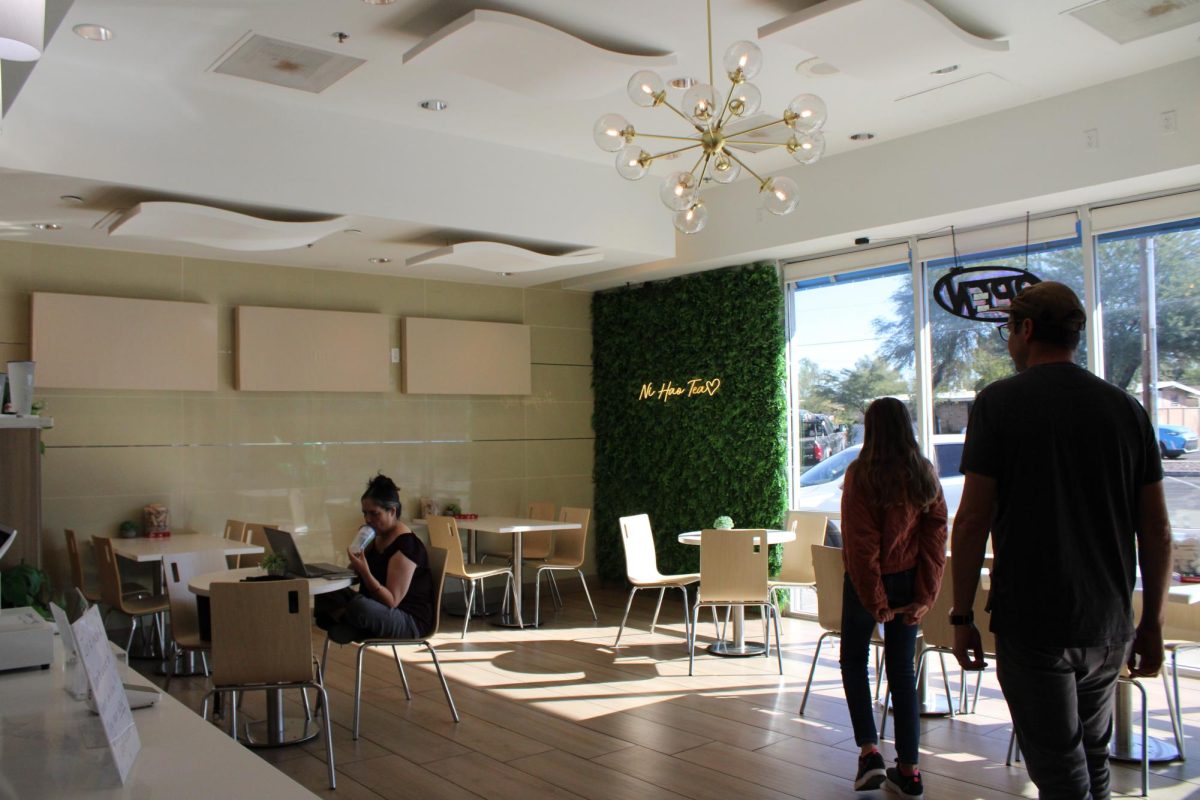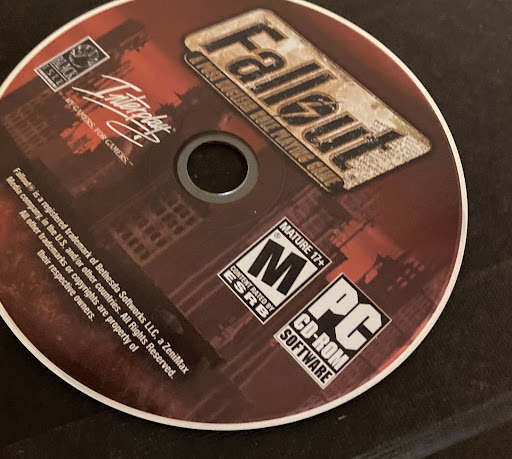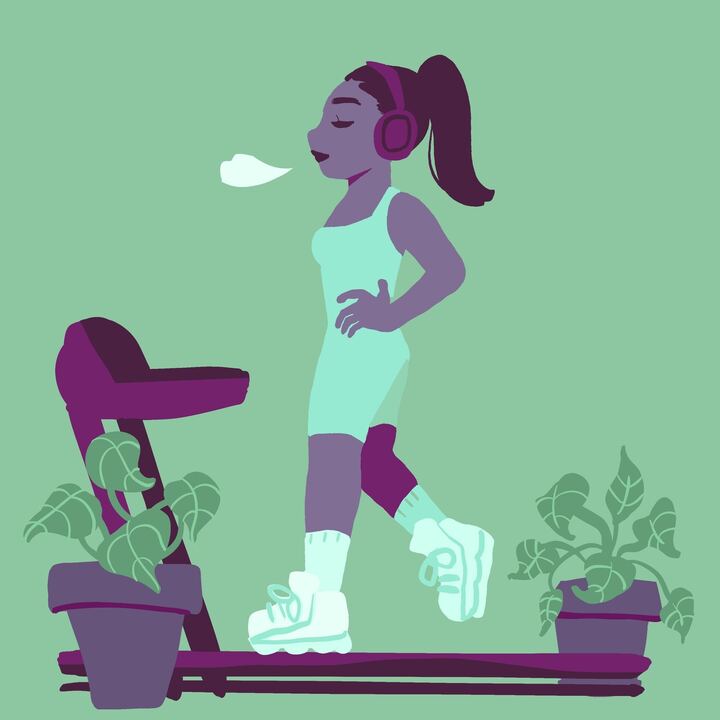The UA campus is no small place, so riding a bike rather than walking makes getting from Old Main to the library much less daunting. But when everyone is riding instead of walking the roads, they become as clustered as those designated for cars.
It doesn’t take a genius to see that there is an excessive amount of foot and non-motorized traffic on roads and walkways across campus. From the UA Mall to Second Street, packs of students migrate across crosswalks, sometimes leading cyclists to swerve, stop and even ride onto sidewalks in an attempt to avoid careless pedestrians.
Because cars aren’t running back and forth past the Student Union Memorial Center and because Second Street has a parking garage and cuts through multiple classroom buildings, many students act as if they have the right-of-way.
Watch how students act when class gets out, and it will become abundantly clear that pedestrians rule the road. However, this is not how our campus transportation system works.
According to the UA Bicycle Parking and Transportation Regulations, pedestrians have the responsibility to use sidewalks and crosswalks when available and should not proceed to jaywalk or otherwise block pathways for motor vehicles or bicycles. If designated walking areas are not provided, pedestrians should walk on the far left-hand side of the road facing oncoming traffic.
Think of it this way: if you were standing at a busy highway, would you rather use the crosswalk with traffic signals or simply run across the road? Campus roads are no different, even if cyclists move more slowly. Walking across these busy roads causes congestion and can cause riders to run into one another.
Students shouldn’t be walking on the roads around the Mall, they shouldn’t be crossing unless there is a crosswalk, and they definitely shouldn’t be muttering about how bikes are the worst for nearly running over them.
We have roads specifically for bikes, golf carts and skateboarders to use, just as we have sidewalks that are meant specifically for foot traffic.
According to the UA Regulations handbook and the UA Campus Bike Map, cyclists and boarders are required to act like motorized vehicles by using hand signals and obeying traffic signs and lights.
Many students need to use hand signals and stop at signs, obey traffic lights and step off their non-motorized vehicle when proceeding onto a sidewalk, but many still seem to think these laws don’t apply to them.
According the the University of Arizona Police Department website, UA police monitor foot and vehicle traffic and stop those who disobey the laws.
Personally, aside from the one time I ran a stop sign on my bike freshman year, I’ve never seen any cops stop a single one of the numerous hazardous students running and riding around campus like monkeys.
In 2012, the UAPD began the Bicycle Safety and Education Campaign that was meant to help educate students about campus transportation safety and increase enforcement against prosecutors.
This program worked so well it was brought back again in 2015 in what the UAPD website describes as “a period of heightened education and enforcement” to remind students about the program they’d supposedly enacted three years prior.
Let’s clear this up though, no one’s saying it’s UAPD’s fault and no one’s saying it’s students’ fault, but it is a problem that affects everyone on campus.
If left unchecked any longer, traffic will just get worse; more cyclists will hit pedestrians and more pedestrians will cause cyclists to swerve and hit others.
I know this problem all too well. A skateboarder was swerving back and forth on the road for fun, and when I proceeded to speed up and pass him I was rammed into him and thrown clean off my bike because he hadn’t stopped to consider that someone, anyone, was behind him.
We are not alone on this campus. There are thousands of us riding and walking everyday as we try to get where we need to go, but becoming impatient and walking or riding wherever we please can lead others to do the same.
We all need to work toward a solution. University administration can send out a newsletter, police can be harsher by pointing out violations and students can learn the rules and try to more regularly obey regulations.
UAPD can only see and do so much, so if our school and students become more proactive in safely navigating campus, then perhaps we will all be a little less angry and a little more safe.
Follow Ashleigh Horowitz on Twitter.








